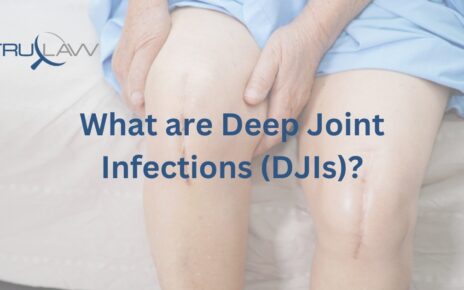Legal Guidance On Your Terms

Online Report
You're looking for legal information now – TruLaw's Instant Case Evaluation ℠ Report provides you critical legal information BEFORE you talk to a lawyer. The TruLaw Instant Case Evaluation ℠ Report is a secure online report available for use 24/7 - at no cost and no obligation.

Legal Plan
TruLaw provides individuals that qualify for our current lawsuits with a legal plan to simplify the challenge of finding the right lawyer. The Online Report is yours to keep even if you choose a different legal path, but, we offer a plan based on our years of legal experience.

